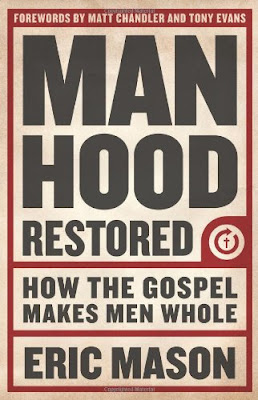Book in Review: "Battle Cry of Freedom"
 After three months of reading, I completed McPherson’s famous work “Battle Cry of Freedom”. It took me this long to complete not because the reading was laborious, but because of the sheer volume of material in this book. Information is packed on every page—and not just military information. McPherson captures life for the average citizen in both the Confederacy and the Union. He tracks the economic implications of the war, the foreign implications of the war, the political rollercoaster throughout the war, the desperation of the Union in 1862, and the shambles of the Confederacy in 1864-1865. This is perhaps the best work on the most turbulent period of American History: The Civil War.
After three months of reading, I completed McPherson’s famous work “Battle Cry of Freedom”. It took me this long to complete not because the reading was laborious, but because of the sheer volume of material in this book. Information is packed on every page—and not just military information. McPherson captures life for the average citizen in both the Confederacy and the Union. He tracks the economic implications of the war, the foreign implications of the war, the political rollercoaster throughout the war, the desperation of the Union in 1862, and the shambles of the Confederacy in 1864-1865. This is perhaps the best work on the most turbulent period of American History: The Civil War.McPherson reveals with great detail, the massive divide between the North and the South generations before the Civil War. The Civil War was not a flippant affair by the South. Secession was threatened years before and seemed only a matter of time before it would come to fruition. Though there are many factors that contributed to this inevitable collapse— there is none more central than slavery. To the Southern economy slavery was everything; it would be suicide to end the institution. The growth and industry of the North as well as its growing abolitionist sentiments threatened the very fiber of Southern life and culture.
And while slavery was the primary reason for secession, I gather from McPherson’s writings that it was not the primary reason the average Southerner fought. Two thirds of the white population in the South did not own slaves. Many like Robert E. Lee may have disagreed with the institution of slavery, but could not draw arms against their state. In a remarkably telling discourse, a Union soldier asks a Confederate why he is fighting the war. The confederate responds, “We are fighting because you are down here!” This captures succinctly the intricate monster that is the Civil War.
“Battle Cry of Freedom” is full of all sorts of juicy tidbits. McPherson goes in detail describing the daring blockade runners of the South. You learn about the iron clad revolution that made every wooden navy ship in the world irrelevant. You learn about the first submarine which sunk a Union ship. You learn about how the longer ranged “minie ball” muskets changed the dated Napoleonic battle tactics into Pre-World War I trench warfare. McPherson’s account is a thoroughly complete overview, and frankly a masterpiece. If you could think of something that is somehow related to the Civil War, McPherson has already thought of it!
Over 620,000 men lost their lives in the American Civil War—more losses than any other war in American History by far. A war which began as a dire attempt to preserve the Union transformed into something much more. The Civil War was a second revolution. It made a Union of individual states into a nation. And it freed an oppressed people, ending the contemptible institution of slavery. “The Battle Cry of Freedom” is the closest thing to Authoritative History on the Civil War. You should read it.



Comments
Post a Comment